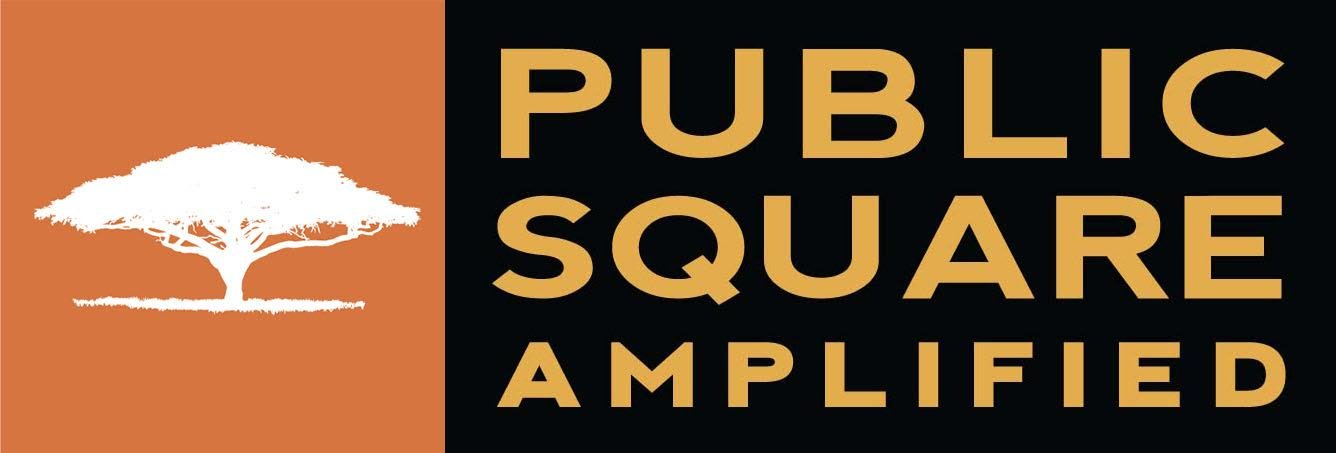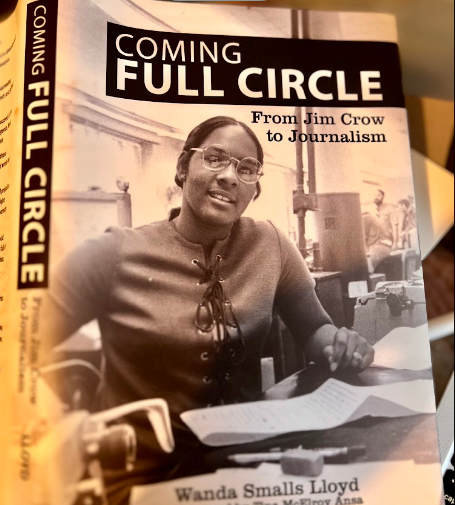Newsrooms are stuck in an ongoing cycle of hiring, then firing BIPOC reporters
When newsrooms feel the crunch, their focus on diversity is often the first value on the chopping block. BIPOC journalists have seen this play out again and again — for decades. (Photo: Black Future Newsstand)
In the wake of George Floyd’s death, news leaders across the country made a flurry of promises: They made commitments to diversify stories, sourcing and staff; to question statements by authorities; and to lead the charge on equity– both in the newsroom and in communities served by the outlet.
Now, only a few years later, journalists across the nation are being squeezed out, laid off or shifted to other beats as newsrooms move on, contending with an evergreen funding problem. Many of them are young, BIPOC journalists who will either be burned out or laid off.
“The Los Angeles Times’ recent decision to lay off more than 20 percent of its newsroom served as another stark reminder of why the stakes are so high — especially for communities of color,” said Joe Torres, Senior Advisor, Reparative Policy and Programs for Media 2070, a project committed to radically transforming oppressive systems in the media, in a recent column exploring the need for equitable funding and philanthropic funding. “It is essential to acknowledge that journalism has always been in crisis for Black people…Our nation’s most powerful media institutions have played a central role in undermining democracy for Black people and other communities of color. That includes in the newsroom as well where journalists may be mistreated, ignored, underpaid and not nurtured enough despite being brought in with promises of investigative reporting and upward mobility.”
New Jersey reporter Tennyson Donyea saw this firsthand.
He said he was struggling to get his news leaders to see the value of telling stories about other communities and instead adhered to a “corporate mission of appealing to white readers.”
“They love to use our skin for their diversity efforts and marketing,” Donyea told the New Jersey Globe. “But once you start speaking up about inclusion and equity, and once you start calling out their racism, it’s a problem. It’s hypocritical because they can call out racism and tokenism when it’s about other organizations or people.”
(Image courtesy of Black Future Newsstand)
Donyea said after the death of Floyd, newsroom leaders expressed interest in the diverse stories Donyea was pushing and created a new beat for him. However, his excitement quickly soured when his hope for a nuanced, deeply investigative piece was instead a token one.
And for other journalists, they saw their beats and departments shuttered entirely.
For many of us, this recent bait-and-switch might feel new.
However, longtime editor and NABJ Hall of Fame member Wanda S. Lloyd said it’s an issue with historic roots:
“Young journalists of all races were pushed out in 2008 when the recession hit,” Lloyd said. “That’s when newsrooms felt the economic impact of doing business. So the unwise thing that we all did was to try and save money by cutting jobs and often of the newer hires – so first one in, first out.
“The reason that’s unfortunate is that it doesn’t actually save that much money and so you’re faced with another round of cuts. Before 2008 we were working really hard on diversity. Well, it’s probably not a surprise that most of the people let go were people of color.”
When newsrooms feel the crunch, their focus on diversity is often the first value on the chopping block – even if it’s sometimes unintentional.
(Image courtesy of Black Future Newsstand)
A lot of systemic policies are at fault, explained Lloyd, stating that with layoffs, often the focus is retaining senior leaders but laying off the newest hires. Some newsrooms will lay off senior staff to save mass amounts of money but not as often. When combined with diversity efforts that often means the newest hires are Black and Latino reporters who were just brought in.
So, why in 50 years can’t news leaders get this right?
“There really has to be a frank conversation about the root causes that keep Black and BIPOC journalists from advancing to senior level roles, things like what researcher Carla Murphy uncovered in the Leavers survey,” said Diamond Hardiman, Reparative Journalism Program Manager at Media 2070.
The Leavers survey found that poor treatment, isolation and burn out often meant that Black journalists leave the field by the time they would otherwise be within reach of senior leadership roles.
BIPOC journalists leave because of “constant cycling of Black and BIPOC journalists through newsrooms, underpaid and overworked, while also experiencing hostile work environments and lack of editorial decision-making power when it comes to covering Black and BIPOC communities,” explained Hardiman. “Undoing decades, centuries of harmful coverage doesn’t happen overnight and it requires that we begin by diagnosing the right problem so we can build robust and sustainable solutions that lead to tangible change. While a lot of newsrooms have stopped publishing mug shots and reconsidered crime coverage, there are major staffing issues, support and how we tell stories that still needs to change.”
One thing is clear.
Without a long-term commitment to diversity and inclusion, newsrooms will continue to be stuck in this cycle of recruiting powerful, talented BIPOC reporters only to push them out in a couple years when funding dips. It’s incredibly unfair to the journalist, who never tells the important stories they know must be told, and particularly unfair to readers and viewers, who will never hear them.



